Need to stay busy this summer? (and save some money too!!)
As we go through a period of financial uncertainty, homeowners are focused on making sacrifices in order to put little extra aside. The backyard is a perfect opportunity to save a little money. The kitchen garden has become fashionable again. People are adding gardens, raised planters and containers filled with attractive herbs and vegetables to their outdoor spaces!
If you are new to growing your own food, there are definitely a few pitfalls that you should avoid.
Companion planting is a lot like creating a seating chart in a wedding. There are some plants that don’t work well with others.
- Beans are the ‘problem child’ in the garden! It seems that beans don’t play nice in the veggie patch. Beware of having beans with any of the onion family: no leeks, no chives, and no garlic near the beans! Beans and peppers are also not a great mix.
- Tomatoes are definitely considered the jewel in any vegetable plot but they have lots of specific needs! There are several plants that inhibit the growth of tomatoes including all of the Brassicas family (cabbage, broccoli, cauliflower and Brussel sprouts). Corn, fennel and potatoes are also all bad ideas near your tomatoes. Instead, plant your tomatoes with all of the plants that your beans didn’t like. Onions, chives, even basil make tomatoes shine.
- Plant lots of sage and thyme. These two herbs are the popular ones, getting along with almost every other veggie. Just be careful how you plant them as both of these perennials can take over.
Don’t restrict your vegetables to plant beds. We’ve been growing tomatoes in containers for years, but how about lettuce in a pot? Salads always taste best when they are fresh and you’ll have no excuse with a beautiful urn filled with gorgeous frilled and colourful leaves. Also great in containers are zucchinis, bush beans, even pumpkins! Just make sure to choose containers with good drainage that will support healthy root growth. I usually go with a recycled plastic option instead of the traditional terracotta. Terracotta is really good at absorbing water…so good that it often dries out plants faster than other options.
Having the garden at an easy-to- reach height makes it easier for some homeowners to get into home agriculture but be careful when creating those raised planters. It is really important to choose the right type of wood to grow food in. Avoid those tar covered railroad ties and other types of wood that use harmful toxins. These chemicals are able to leach into the soil and in some cases directly into your produce. Instead, opt for clean cedar or the new type pressure-treated wood called MicroPro Sienna (MPS). By using new technology, MPS has been awarded several accreditations and has been shown to be safe, even in areas of open water.
Water your garden from under the plants. Vegetables and herbs are very susceptible to different types of fungal infections, brought on by water on the leaves. Drip hoses are perfect for most vegetables because they keep the leaves dry.
If you are new to the vegetable garden scene, trust me, do your research! Growing veggies in small spaces and maximizing the amount of produce has become a science. Don’t assume that how your mother grew potatoes is the best way anymore. I can promise that growing vegetables is going to be a lot of work, but that first salad from your efforts is going to make it all worthwhile
